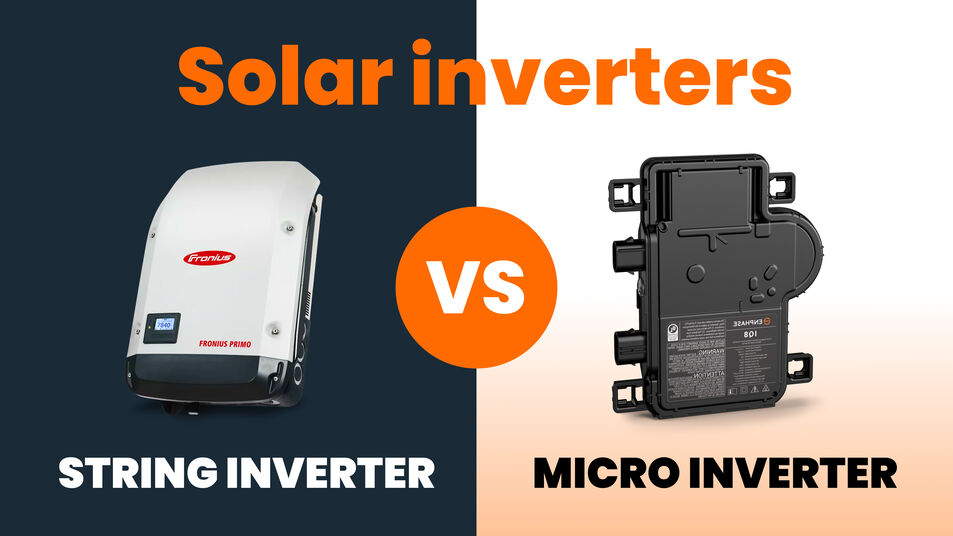So, you’ve decided to go solar. Great choice! Now, you’re probably hearing a lot about inverters, and you might be wondering: *What’s the difference between micro-inverters and string inverters, and which one is better for me?* Don’t worry—let’s break it down in a fun and easy-to-understand way.
The Role of a Solar Inverter
Before we dive into the types, let’s start with what a solar inverter does. Solar panels generate electricity as direct current (DC), but your home and all its appliances run on alternating current (AC). The inverter is the middleman, converting that DC power into AC so you can run your lights, fridge, and gadgets on solar energy.
Now, onto the fun part—choosing between the two main types of inverters: micro-inverters and string inverters.
Micro-Inverters: The Tiny Powerhouses
Imagine each solar panel on your roof has its own little brain. That’s basically what a micro-inverter does! In a micro-inverter system, there’s no big, centralized inverter. Instead, each panel gets paired with its own individual micro-inverter, creating a mini, self-contained solar power station for every panel.
Why Micro-Inverters Rock:
Flexibility: Micro-inverters allow you to add or remove panels without messing up the whole system’s performance. Want to start small and expand your system later? No problem!
Independence: Each panel works independently, so if one panel is shaded or dirty, it won’t drag down the others. Perfect for roofs that have shade from trees or other buildings.
Better Monitoring: Micro-inverters give you detailed, panel-by-panel performance monitoring, so you can see exactly what each panel is doing at all times.
Expandable: Planning to expand your system later? Micro-inverters make it easy, as you can add more panels anytime without hassle.
While micro-inverters are fantastic, they do come with a higher price tag. But for many, the extra cost is worth it for the flexibility and resilience they offer.
String Inverters: Simple and Cost-Effective
Now, let’s talk about string inverters. This is the classic, straightforward option. In a string inverter system, multiple panels are wired together in a series (or “string”), and the entire string feeds into one central inverter.
Why String Inverters Work:
Simplicity: String inverters are the simplest and most budget-friendly choice. They’re a great option if your panels are all going to be in full sun with no shade issues.
Fewer Components: Because there’s just one central inverter, there’s less equipment to deal with, which means installation can be faster and less expensive.
Cost-Effective: If you’ve got a wide-open, shade-free roof, string inverters offer solid value and performance without breaking the bank.
But there’s a catch—since all the panels in a string are connected, they perform at the level of the weakest link.
So, Which Inverter Should You Choose?
It all boils down to your specific setup. If your roof is exposed to direct sunlight most of the day and you’re looking for the most cost-effective option, string inverters could be a great fit. But if you’ve got some shading issues or you want the flexibility to expand your system later, micro-inverters are probably the way to go.
At the end of the day, both systems get the job done—they just take different routes to get there. Happy solar shopping!




